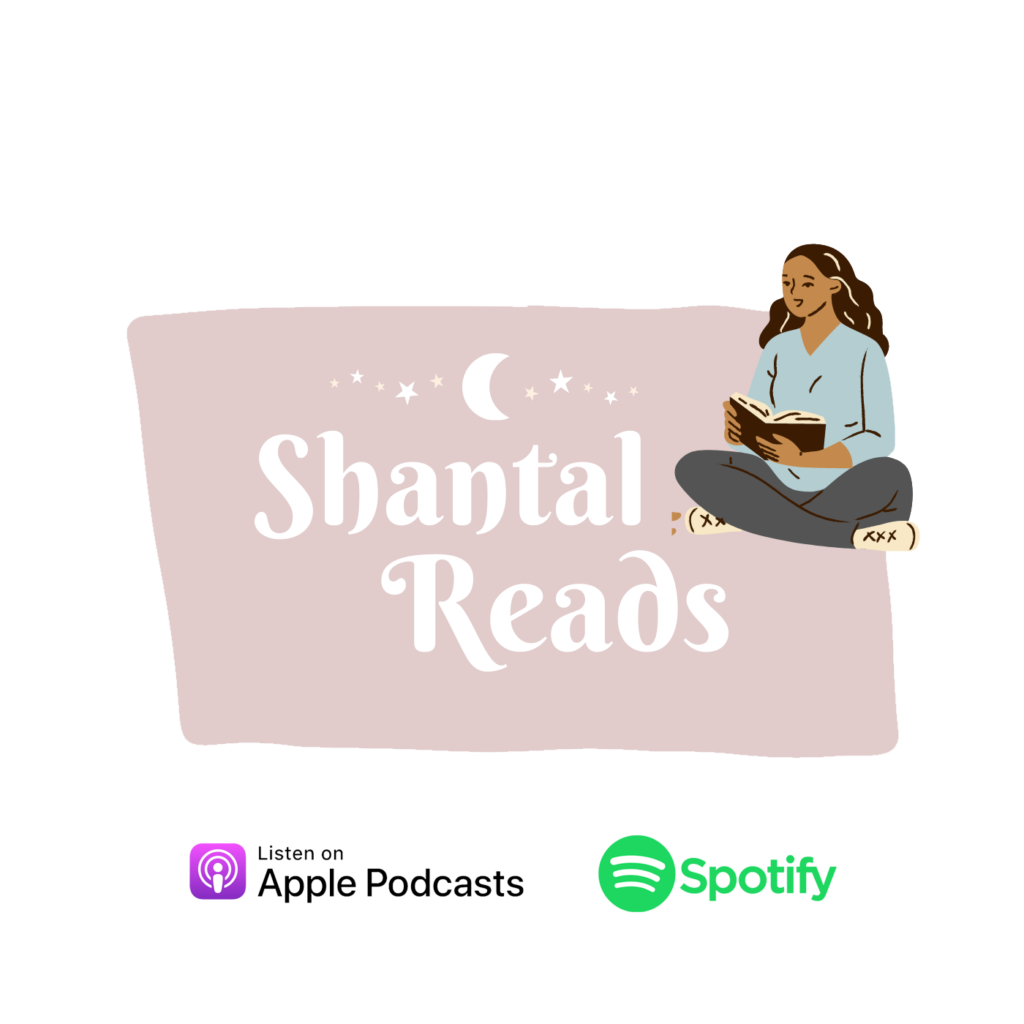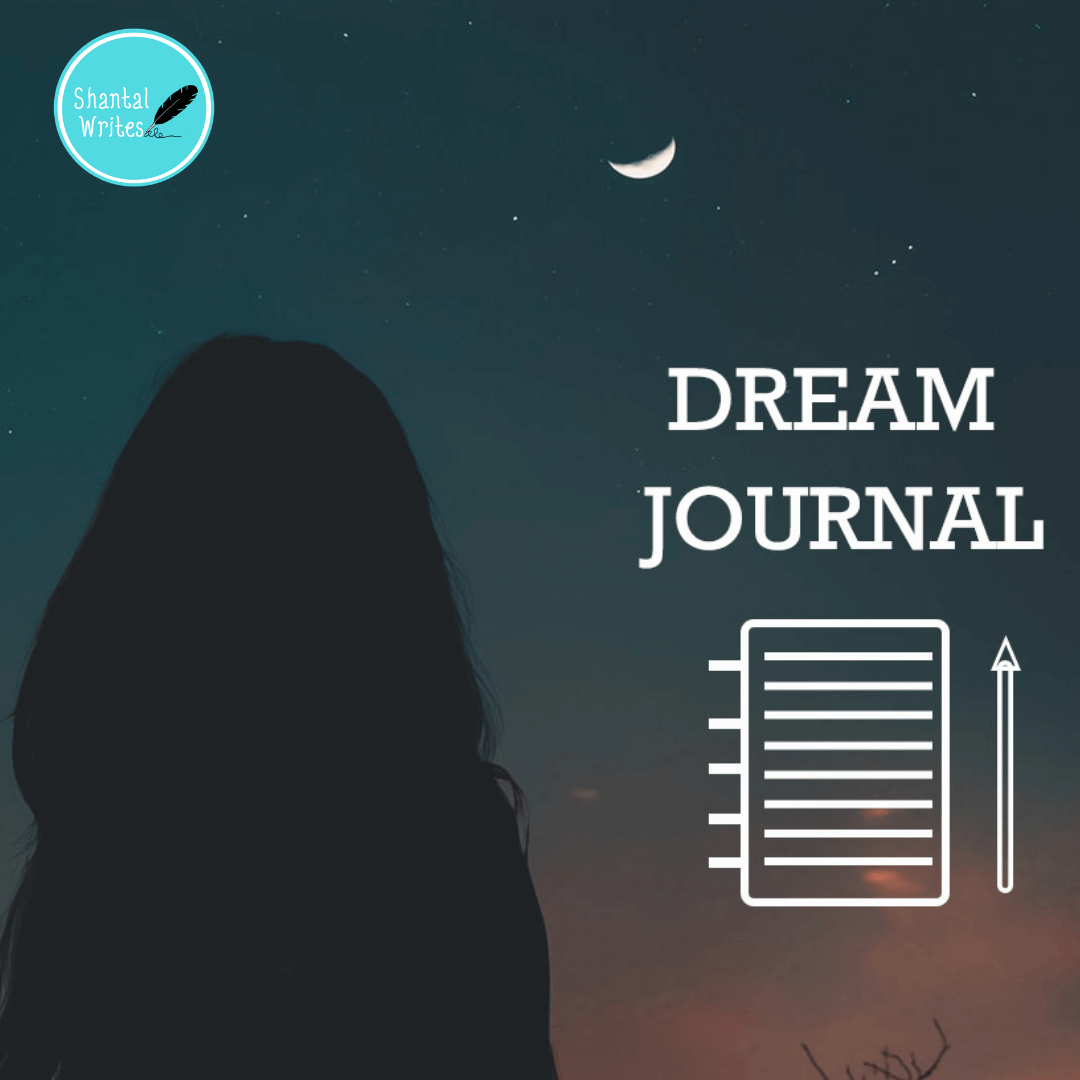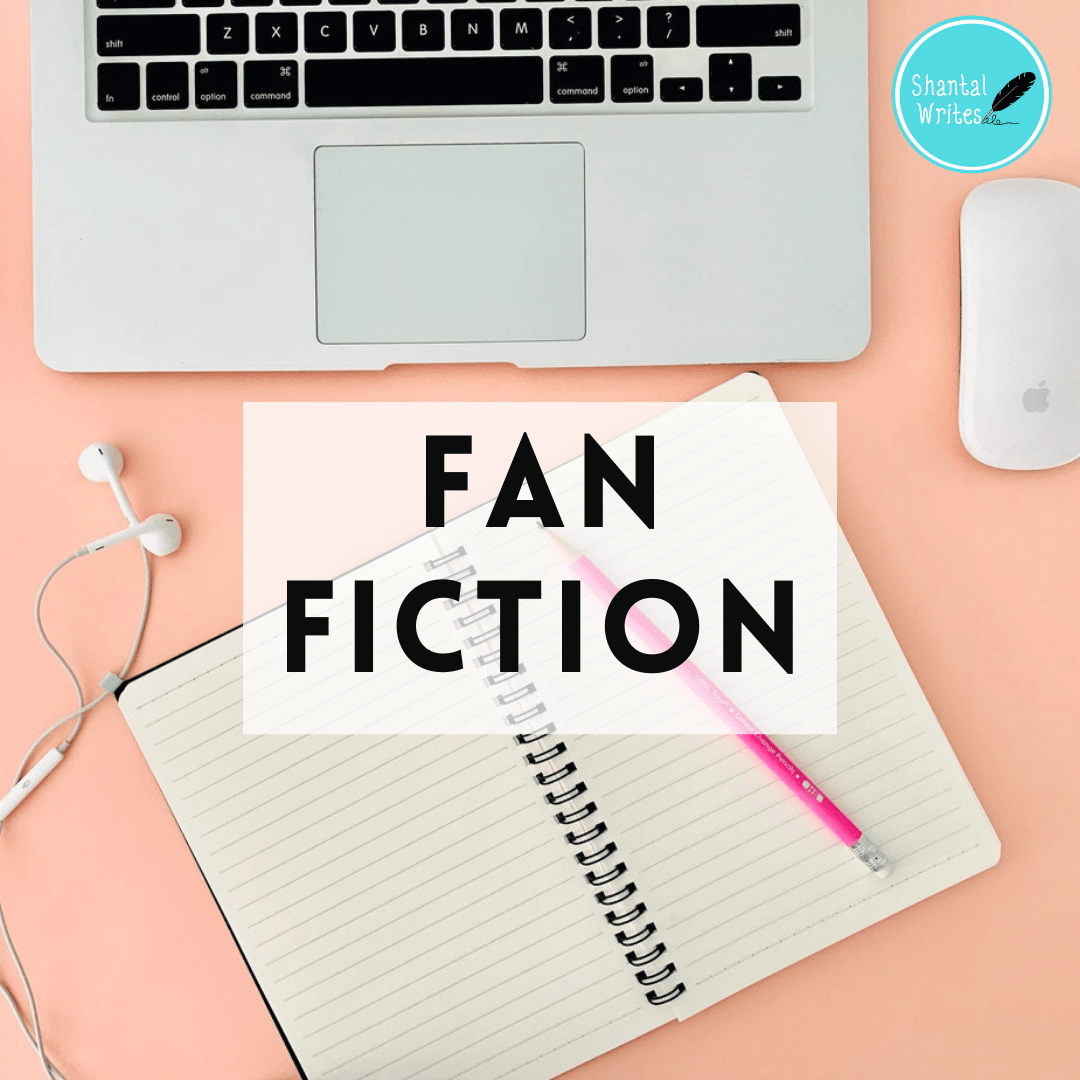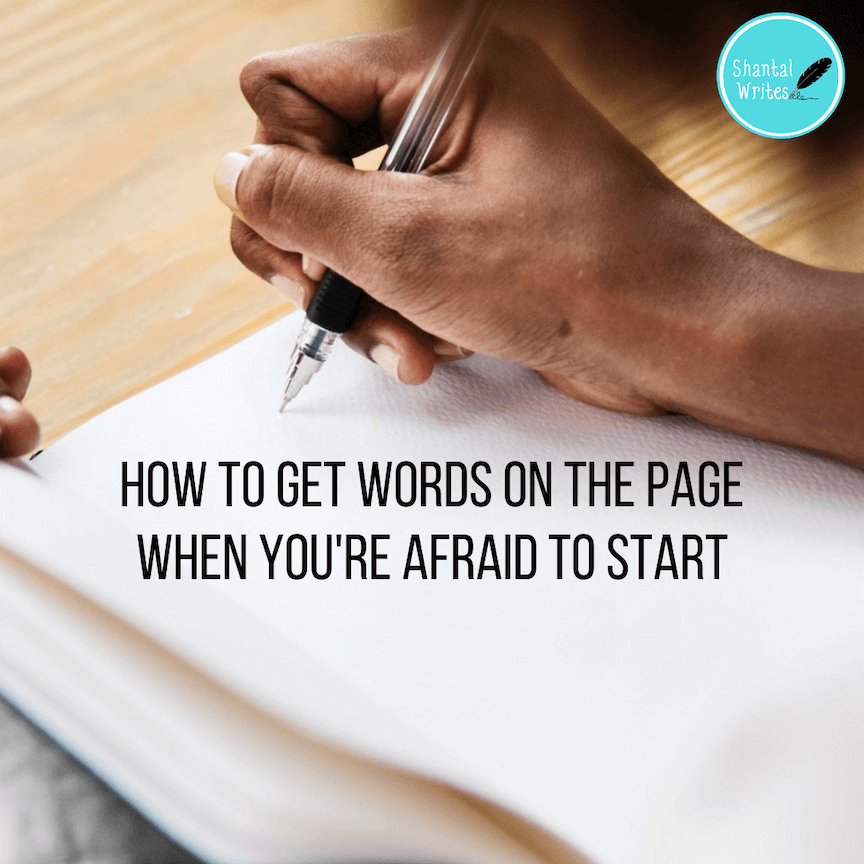A Study Guide To Learning Story Structure
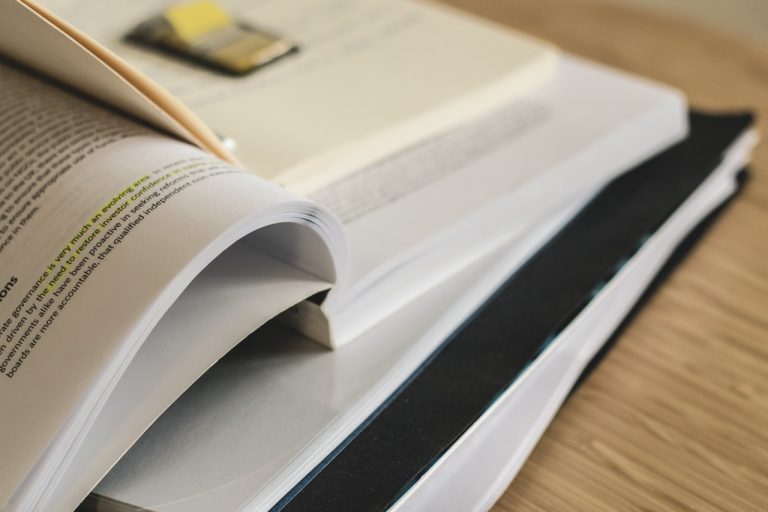
You know those times when you’re writing and you get stuck on some part of your story? And, no matter how many times you to try to rework it, nothing seems to fix it? Usually when this happens, it’s an indication that there may be a problem with structure. Understanding story structure helps strengthen stories and I think every writer should learn about it.
I spent about a year teaching myself various methods of story structure. I’ve discovered that to teach yourself story structure, you want to learn it the way you’d learn math at school. You know, start with the simple equations, and then progress towards more complex ones. In other words, you want to start with the basic methods as a foundation and build your way up. The goal is to acquaint yourself with all the story structure methods out there and decide which one(s) work best for you. There are so many resources online that helped learn story structure. Here’s my study guide to help you get started.
The Basics: The Three Act Structure and Freytag’s Pyramid
If you’re going to teach yourself story structure, start with the basics. Before I started seriously teaching myself story structure, I had some sense of how story worked based purely on reading and watching movies, but, I didn’t actually know what those parts looked like and what their functions were. So I began with the basic methods: Freytag’s Pyramid and The Three Act Structure.
Freytag's Pyramid
Freytag’s pyramid originates from Gustav Freytag’s analysis of dramatic structure. You probably learned this structure in school to analyze literature. Freytag discovered that there were actually 5 parts to stories: exposition, rising action, climax, falling action, and denouement. This story method captures the essential parts of structure. It’s also simple and exemplifies the symmetry of story arcs. The diagram resembles a pyramid because it starts with a character meeting a problem, the tension rises as the character takes action to resolve that problem, then at the height of the tension, something happens that changes the characters fate, which leads the character to resolve their problem and thus releases tension. To learn more about this structure start with this basic tutorial.
The Three Act Structure
This structure is very common in literature, films and plays. The Three Act structure comes from Aristotle’s Poetics, an analysis of dramatic structure. His analysis actually predates Freytag’s analysis. He recognized that story has three parts: a beginning, middle and end.
Today, these three acts are a little more complex as they have been combined with Freytag’s Pyramid. Act I is considered the Setup; Act II, the Confrontation and Act III is the Resolution. Each act has specific things that happen inside of them. For instance, Act I includes: Exposition, the Inciting Event, A Refusal and Plot Point 1. Act II includes Rising Action, Midpoints, Plot Point 2 (The Enlightenment) and Act III Includes the Pre-Climax, the Climax and the Denouement. To learn more about each act, refer to reedsy.com‘s article “How to Write a Novel Using The Three Act Structure”.
Intermediate Level: The Plot Embryo and The 15 Beat Plot Structure
Once you’ve covered the basics of story structure, you want to move on to more complex methods. These methods focus on character, their worlds and their journeys across time. Two that I’ve found helpful are The Plot Embryo and The 15 Beat Plot Structure.
The Plot Embryo
The Plot Embryo was created by Community and Rick And Morty writer, Dan Hermon. It is a simplified version of Joseph Campbell’s Hero’s Journey, which is an analysis of myth. I discovered this method when I came across YouTuber and writer Rachael Stephen’s “My Favorite Novel Plotting Method: The Plot Embryo” video. Her interpretation of the structure is simple and engaging, which is the reason why I’ve attached it to this post. According to Harmon’s method, story can be broken down to 8 steps:
- You (start with a character in a comfort zone)
- Need (but they want something)
- Go (they enter an unfamiliar situation to get what they want)
- Search (they adapt to this situation)
- Find (find what they wanted)
- Take (pay a price for it)
- Return (go back to their familiar word)
- Change (character has returned having changed somehow).
This method helped me look at story structure differently by making me consider a character as the driver of the story. However, I felt that it was too simple and was missing information that I just couldn’t fill in myself. For instance, I couldn’t tell if a “want” was a goal a character had before or after an inciting incident. So I continued my search for answers and found The 15 Beat Structure.
The 15 Beat Plot Structure
Also known as Blake Snyder’s Story Beats, the 15 Beat Plot Structure is a sequence of events that are essential to plot. I discovered this structure after finding YouTuber ShaelinWrites’s video on the subject. This method includes the three act structure, but breaks them down into several impactful moments that progress a story. This method was primarily created for screenwriters, but it is perfect for novel writing, too. Save The Cat Writes A Novel by Jessica Brody is a helpful book that applies this method to novel writing. To learn more about Snyder’s Story Beats, visit savethecat.com.
Advanced Level: Theme and Character Arcs
Lastly, you want to go even further inside of structure by studying theme and character arcs. I consider theme and character arcs to be the fundamental elements to story and story structure. I’ve put them at the “advanced level” because they are a little more difficult to comprehend as they are the mechanisms working inside of plot.
Stories are beyond events that occur over time. They are about why they’re occurring. A thematic argument is a statement you’re making with your story on a particular topic (theme). This usually informs your character arcs. The most common character arcs are about a character confronting a flaw (or a false belief) and changing to achieve their external goals. This internal arc informs the external arc (the plot).
When I discovered the importance of theme and character arcs, it finally brought together my understanding of story and plot structure. A discussion on theme, character arcs and the resources I used to learn about them warrants a whole other post. So, for now I will leave with this: when learning story structure make sure this makes it into your study sheet.
In Summary
If you want to learn about story structure, using this guide is a good way to start. There are so many methods to understanding story structure. Try to learn as many as you can, then choose the one that works best for you.
That’s it for today. Good luck, fellow writer!
How has learning about story structure helped you? Tell me about it in the comments!
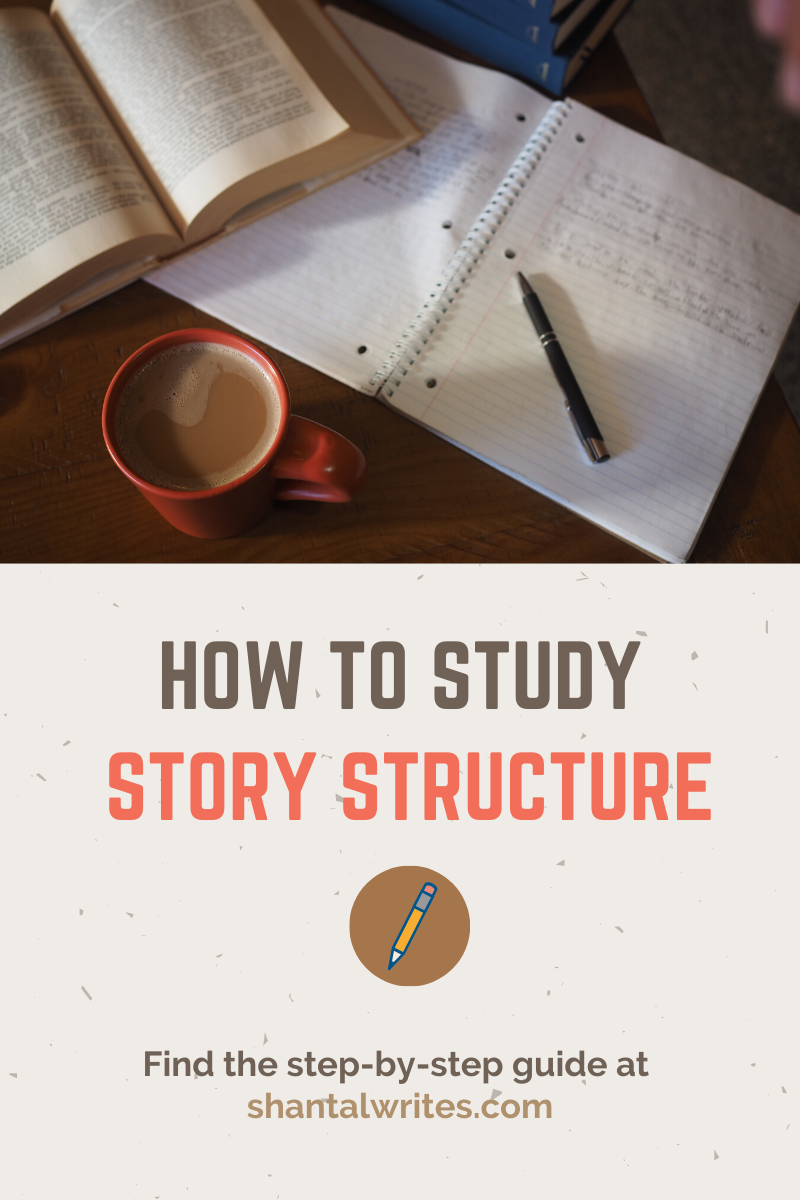

Hi! Shantal here. I’m a writer and a storyteller. I created Shantal Writes to share my experiences with writing fiction. I also provide new writers with tips, tools, and writing advice. I hope you find something helpful while you’re here!
More On Shantal Writes

